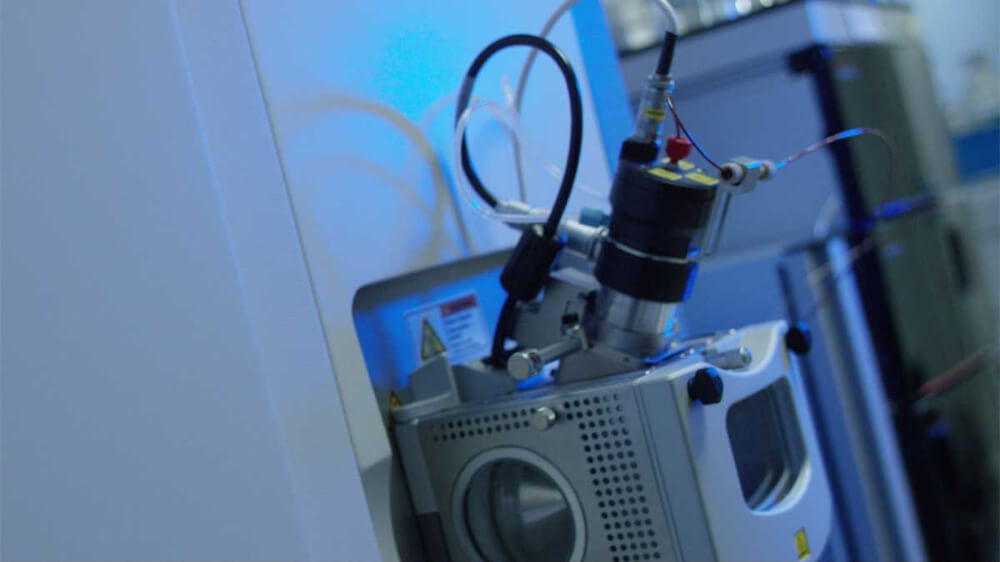



Business Inquiry
Global:
Email:marketing@medicilon.com
+1(781)535-1428(U.S.)
0044 7790 816 954 (Europe)
China:
Email: marketing@medicilon.com.cn
Tel: +86 (21) 5859-1500



Pharmacokinetic parameters represent the parameters of the mathematical model of the process of drug absorption, distribution, excretion and structural transformation in the body.

Our Preclinical Pharmacokinetics Department has a number of professionals with rich theoretical knowledge and experimental experience for experiment design, experiment implementation, bioanalysis and data analysis. Our Pharmacokinetics Lab has passed the GLP certification by NMPA. Following the guiding principles of ICH, NMPA and FDA. The lab offers in vivo and in vitro pharmacokinetic tests according to the needs of our clients and provide them with complete sets of pharmacokinetic evaluation and optimization services. Our acclaimed quality data collection and efficient experiment can meet our clients’ needs from early drug discovery to new drug filing.
In Vivo Pharmacokinetic Assays
Medicilon appoints Dr. Hong Wan as Vice President of DMPK and Bioanalysis Department
What is pharmacokinetics?
Dissolution: the degree to which the drug molecule is dissolved in the digestive tract
Bioavailability: the degree of drug absorption
Absolute bioavailability
Maximum blood concentration (Cmax)
Peak time (Tmax)
Due to the inhomogeneity of the internal environment (blood, tissue), the drug concentration changes at different speeds.
Compartment: The drug concentration in the same compartment changes at the same speed and is homogeneous.
One-compartment model: The drug enters the blood and is rapidly distributed throughout the body, and is constantly cleared.
Two-compartment model: After the drug enters the body, it first quickly distributes in the tissue, and then enters a slower elimination process.
Apparent volume of distribution (Vd) (aparent volume of distribution): characterizes the ability of a drug to be taken up by tissues in the body. The drug body with a large apparent volume has a longer retention time.
Area under the drug concentration-time curve (AUC); Systemic Exposure
Blood-brain barrier; protein binding rate; distribution half-life (t 1/2(α)
Elimination: The process by which the original drug disappears in the body. Including kidney (urine) or bile (feces) or the sum of respiratory excretion and metabolic transformation.
Elimination constants (elimination constants): Reflect how fast the drug disappears in the body. Does not fully reflect the duration of action of the drug (metabolites are also active).
Half-life or half-life (t1/2): The time required for the concentration or dose of a drug to decrease by 50%. Elimination half-life t1/2(β)) Terminal Half-life, Elimination Half-life.
Clearance (clearance) or renal clearance: Reflects the speed at which drugs or metabolites are excreted from the body through the kidneys.
 Relevant
news
Relevant
news